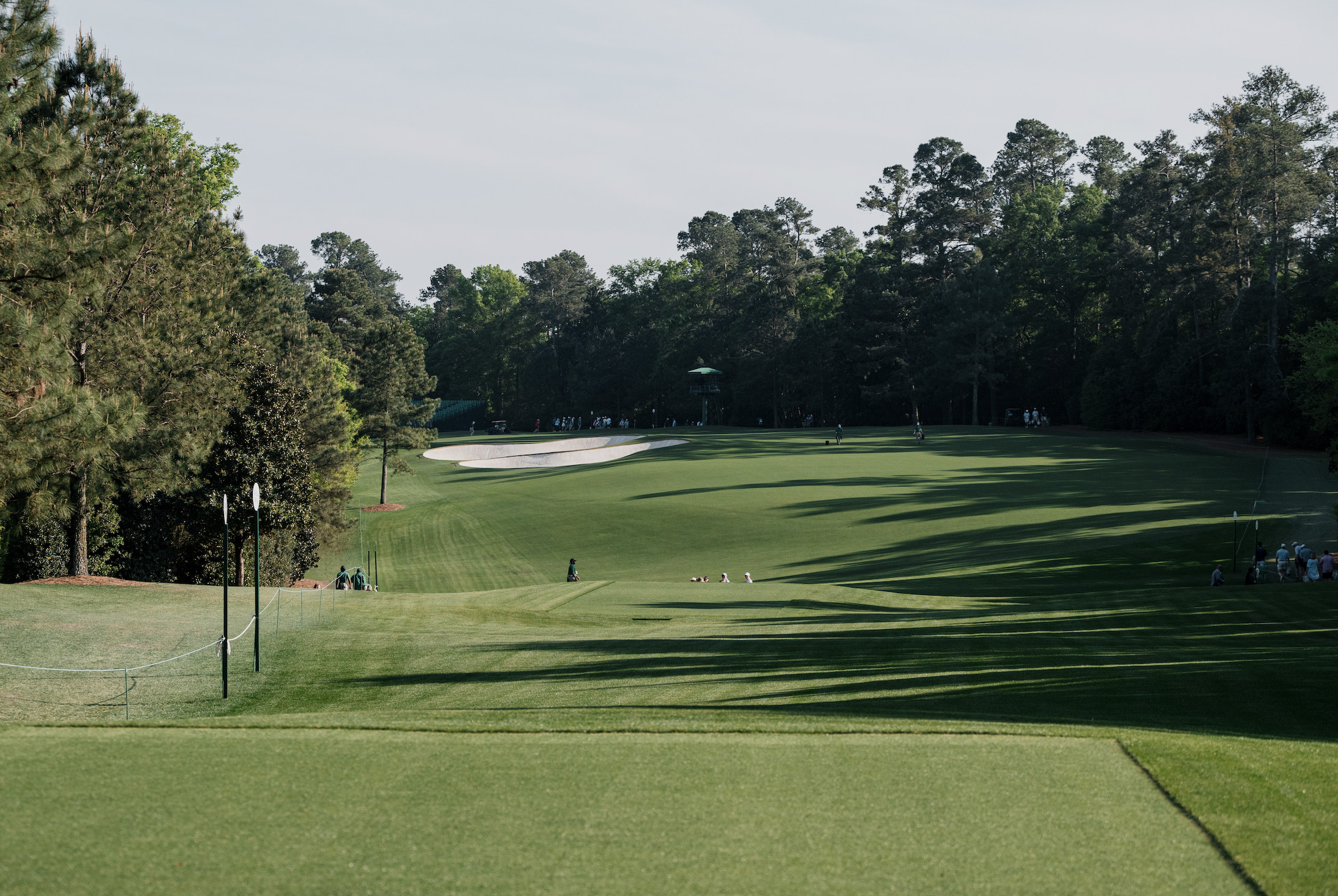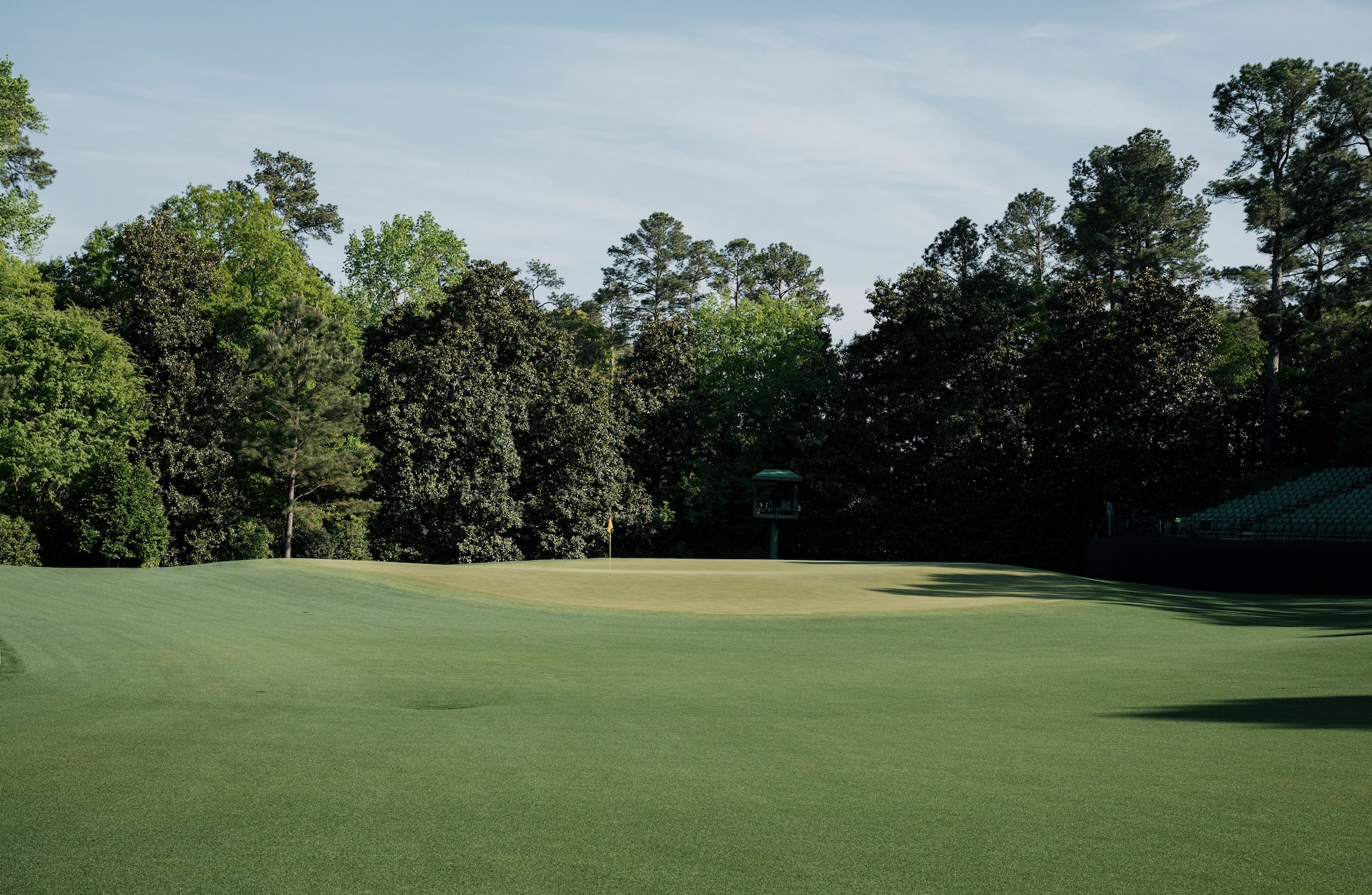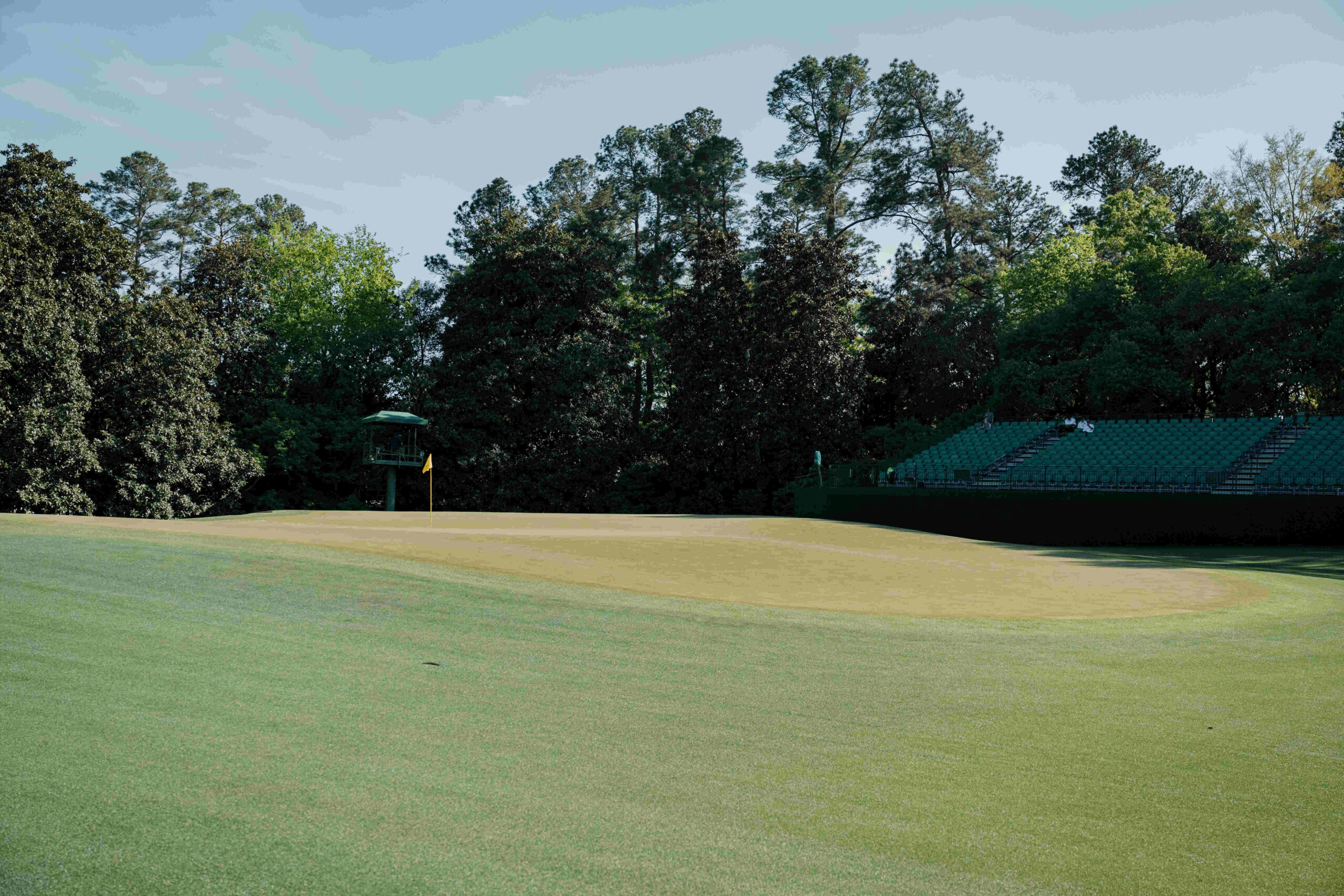Augusta National is the best test in professional golf.
The history, pageantry, and aesthetics all add to the viewing experience, but the true beauty of the tournament is shot value. The best part of watching the Masters is the golf.
The fairways are wide and tree-lined on both sides. Players have ample room to navigate off the tee, but shots that go a little bit wayward have to contend with trees on the second shot. And shots that travel way off line result in difficult recovery shots into complex greens.
At Augusta, big, fast greens present golf’s most demanding iron test. Errant approach shots don’t get caught by rough surrounding the green or by green-side bunkers surrounding every section of the green. The golf ball rolls until it stops rolling.
Perhaps no hole at Augusta embodies this description better than the par-4 fifth, one of my favorites on the course. Measuring just under 500 yards, No. 5 tends to play more than a quarter of a stroke over par despite having no penalty hazards and only three bunkers on the entire hole.
Two deep bunkers line the left side of the fairway, threatening to impose a steep penalty on players who find the traps. Bailing way right and away from the traps is not a viable option, either. The farther right a player hits his tee shot on No. 5, the longer his approach shot is into the green.
A year ago, I wrote about No. 5 at the Kapalua Plantation Course and how it could be improved. The hole features a centerline bunker with a green that stretches along the right side of the hole. This design fails to challenge an elite professional golfer strategically because the landing area right of the bunker is massive. Going right of the centerline bunker shortens the hole without carrying a high degree of risk.

No. 5 at Augusta, on the other hand, creates a much better balance between risk and reward. To shorten the hole, golfers must challenge the penal bunkers down the left side of the fairway. The tee shot is simultaneously wide and demanding.
-

The difficult tee shot on No. 5
-

Approach into No. 5
-

Short left of the fifth green
The hole also boasts one of the best greens on the golf course. With multiple ridges cutting through the front-center section of the green, finding the appropriate level is paramount. Approach shots that fail to climb the ridge onto the back section of the green leave treacherous two-putts to back pin locations. Approaches that barrel over the back of the green result in difficult up-and-downs.
Like many other holes at Augusta National, the architectural pieces of the puzzle fit together brilliantly on No. 5. Locating the proper section of the green is a severe challenge, and it’s harder the farther away the golfer is from the hole. Challenging the left side of the fairway off the tee shortens the hole, but deep fairway bunkers defend the left side.
Players aiming to wear the green jacket may feel fairly confident after making a couple of birdies on the opening few holes. A handful of them will feel much less confident after walking off the fifth green. I can’t wait to watch players battle this hole.


 by
by 
